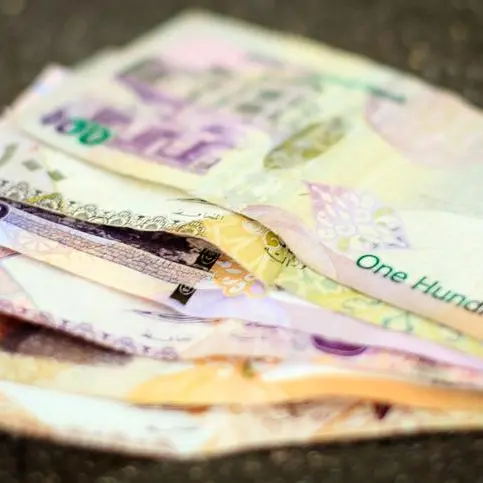PHOTO
LONDON- Borrowing costs for U.S. dollars in currency derivatives markets rose on Monday to their highest levels in nearly a year, driven up by the year-end dollar funding rush and the euro's steady slide against the greenback.
Spreads on three-month euro-dollar cross-currency basis swaps were at the widest since since December 2020 at around minus 27 basis points, implying that non-U.S. borrowers are prepared to pay that much premium to access dollar funding.
A cross-currency basis swap (CCBS) sees parties exchange interest rate payments in two different currencies and is often used by traders swapping liabilities to the desired currency.
Corporates and asset management firms generally step up dollar buying as the end of the year approaches, with portfolio rebalancing and fund transfers requiring currencies like the euro and sterling to be converted to the U.S. currency.
Spreads on yen-dollar swaps also were the widest since last December though sterling-dollar spreads were more resilient at minus 16.5 bps, a two-week high.
"Typically we see demand for dollar funding increase towards year end, especially amongst Asian borrowers who have sizeable dollar-denominated liabilities," Valentin Marinov, head of G10 FX research at Credit Agricole said noting similar pressures last year and in 2019.
The dollar has strengthened of late, on back of economic data pointing to the U.S. Federal Reserve possibly tightening policy earlier and stepping up the pace of stimulus unwind.
The greenback is trading just off 16-month highs =USD against a basket of its rivals. Against the euro alone, it is up nearly 2.5% so far this month EUR=EBS .
The euro's decline over the past few days may also be driving the widening spreads, one trader said.
The European Central Bank has pushed back against markets pricing a rate rise next year and those expectations have been dialled down further by the resurgence of COVID-19 cases across the continent.
Last week the ECB also increased the upper limit of cash as collateral for the euro securities lending programme to 150 billion euros from 75 billion euros, easing the demand for cash euros.
Stephen Gallo, chief European FX strategist at BMO Capital Markets, also pointed to year-end flows but cautioned that any widening of credit spreads for European borrowers in the coming month could boost dollar funding costs for banks.
"We have that as a potential scenario for the euro next year," Gallo said though he described that outcome as an "outlier".
(Reporting by Saikat Chatterjee and Sujata Rao;) ((saikat.chatterjee@thomsonreuters.com; +44-20-7542-1713; Reuters Messaging: saikat.chatterjee.reuters.com@reuters.net))












